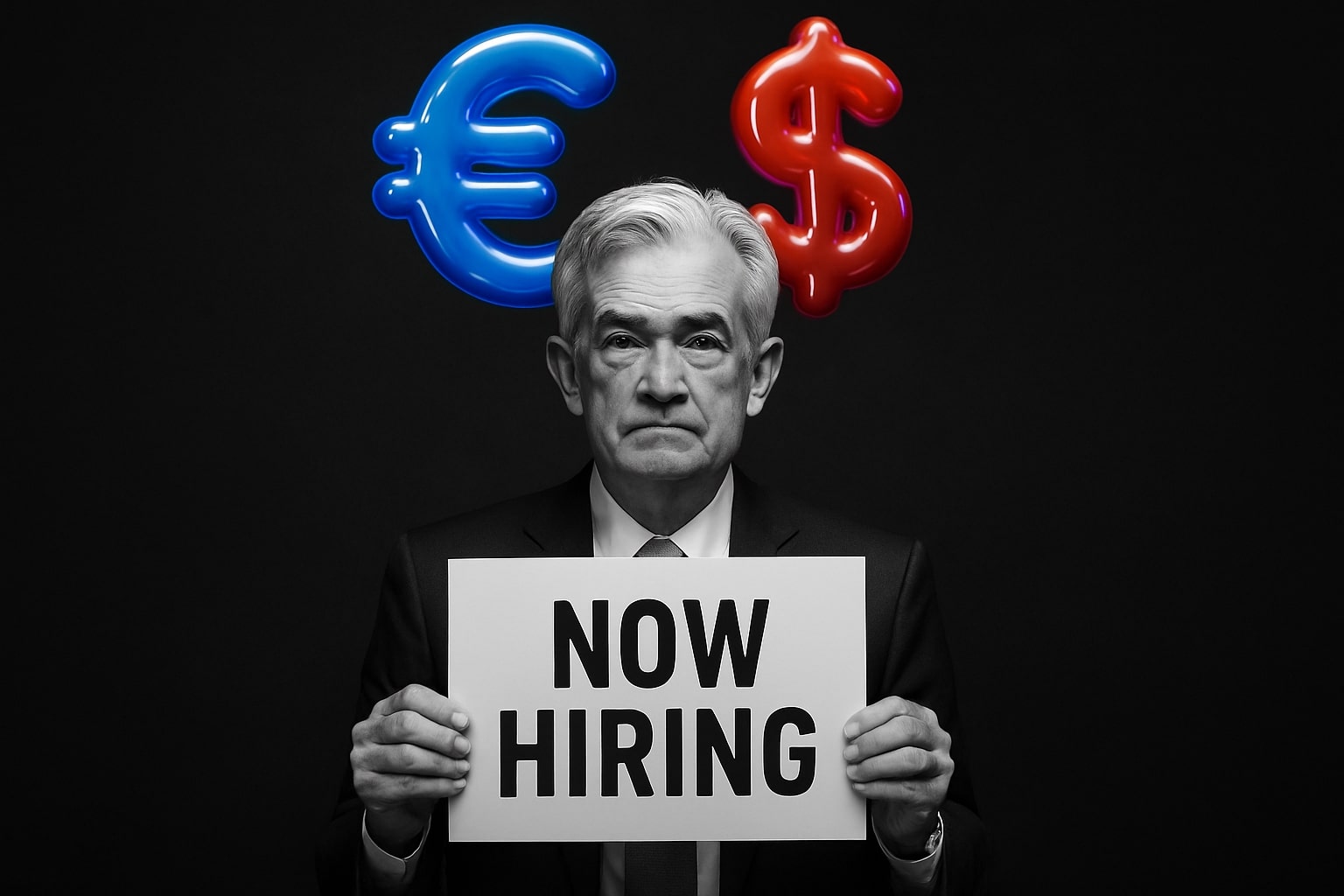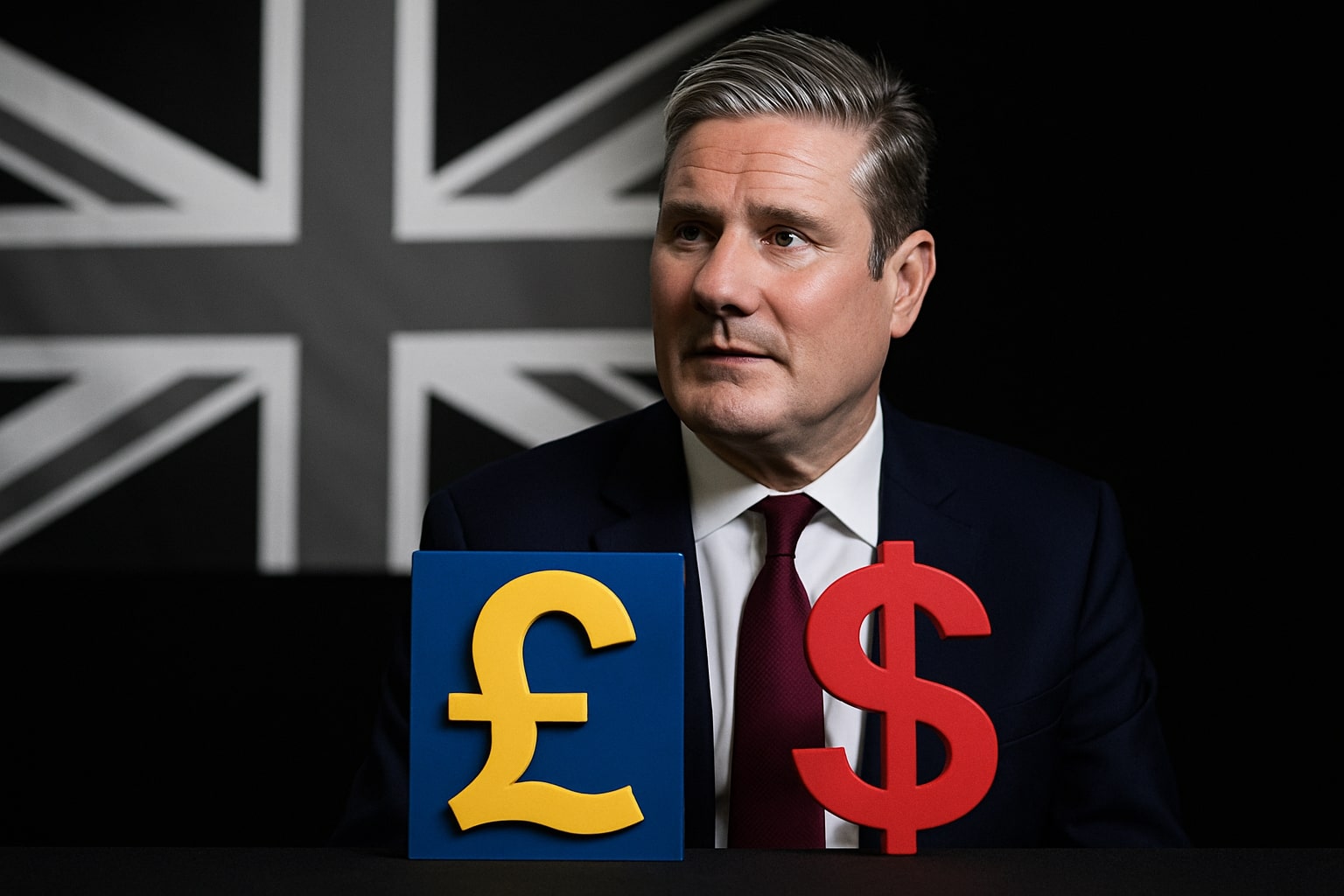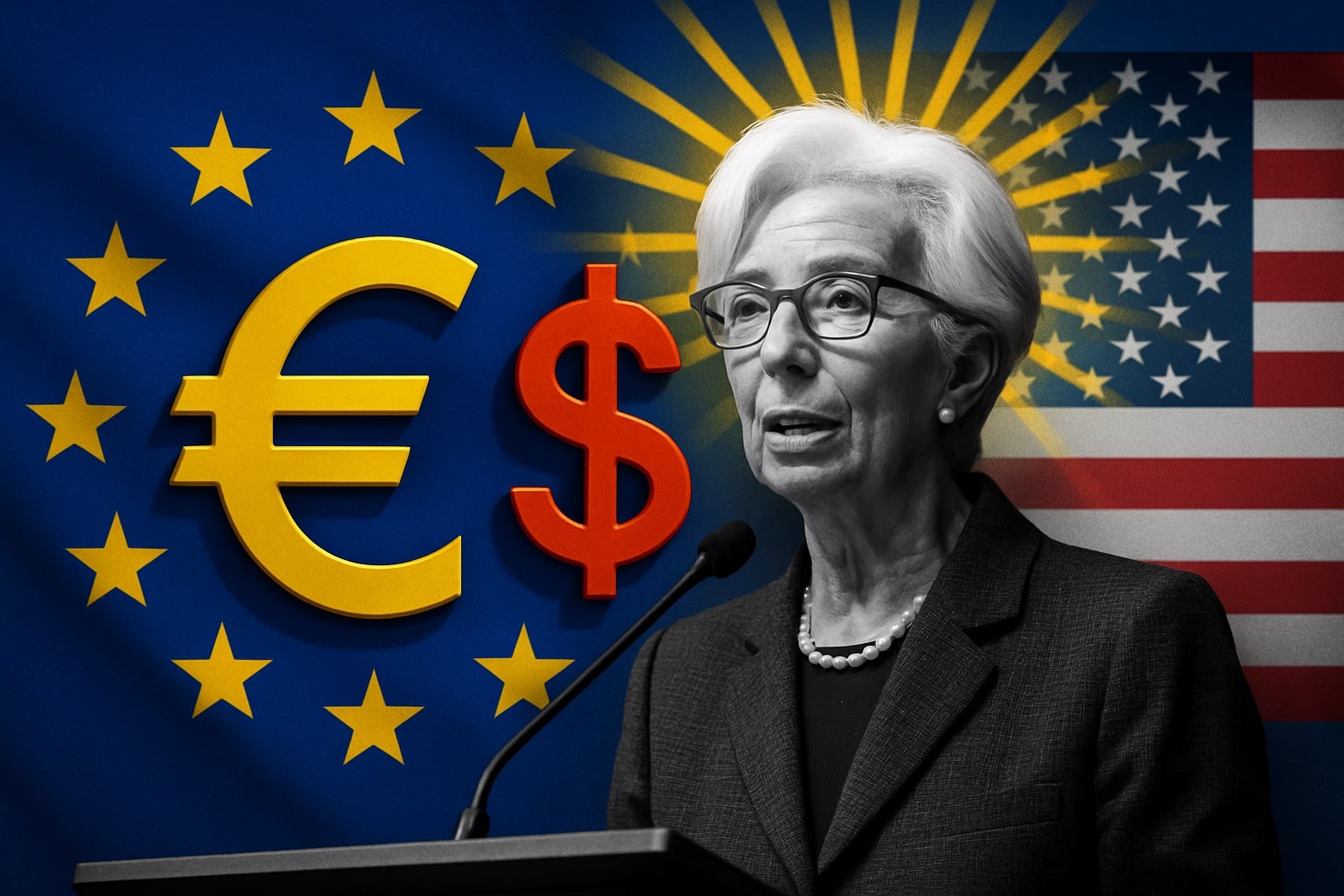
EUR/USD Retreats on Hot U.S. Inflation and Dollar Rebound
Euro pulls back from 1.1730 high after PPI jumps 0.9% MoM, pushing Treasury yields up and cooling Fed cut expectations ahead of retail sales data | That's TradingNEWS
EUR/USD Reacts to Hot U.S. PPI and Dollar Rebound
The EUR/USD pair is struggling to maintain recent gains after U.S. wholesale inflation data surprised sharply to the upside, reigniting demand for the greenback. At last check, the pair traded near 1.1653, down roughly 0.45% on the day, pulling back from this week’s high of 1.1730. The U.S. Producer Price Index for July rose 0.9% month-over-month, quadruple the 0.2% forecast, and accelerated to 3.3% year-over-year from 2.4% in June. Core PPI matched the monthly surge of 0.9% and pushed the annual rate to 3.7% from 2.6%, easily beating the 2.9% consensus. Labor market data also reinforced the hawkish tilt, with Initial Jobless Claims falling to 224,000 and Continuing Claims slipping to 1.953 million, both better than expected. The U.S. Dollar Index (DXY) recovered from a two-week low and climbed back above the 98.00 psychological level, halting the euro’s two-day winning streak.
Technical Positioning Between Key Moving Averages
Earlier in the session, the pair broke below both its 100-hour moving average at 1.16615 and the 61.8% retracement of the July–August rally, testing the rising 200-hour moving average at 1.1635 before rebounding. That bounce stalled at the initial breakdown point, where sellers re-entered, leaving price oscillating near 1.1649, right in the middle of its moving average range. The 200-hour MA remains the critical downside pivot; a decisive break would shift focus toward the 50% retracement level at 1.16098. On the upside, reclaiming the 100-hour MA could open a retest of resistance at 1.1698–1.1703, which aligns with late-July swing highs.
Dollar Weakness in Early Week Gave Euro Room to Rally
Prior to Thursday’s reversal, the euro had been riding a three-week high near 1.1730 as softer U.S. CPI readings and disappointing July non-farm payroll growth of just 73,000 jobs encouraged bets on Fed easing. Fed funds futures had implied over a 90% probability of a September cut, with speculation split between 25 and 50 basis points. The euro’s momentum was further underpinned by expectations that the European Central Bank will remain on hold after eight rate cuts over the past year, with only a slim chance of one more cut in 2025. Eurozone Q2 GDP grew by 0.1% quarter-over-quarter and 1.4% year-over-year, matching estimates, while July inflation held steady at 2%.
Impact of Eurozone Data and Policy Backdrop
The single currency’s advance has been tempered by signs of weakness in the bloc’s industrial base. June industrial production contracted 1.3% from May, worse than the 1% forecast, erasing the prior month’s revised 1.1% gain. Year-over-year growth slowed to just 0.2%, down sharply from May’s 3.1%, underlining manufacturing fragility despite steady employment growth of 0.1% quarter-over-quarter and 0.7% year-over-year. This softer industrial profile could limit ECB flexibility later in the year, especially if trade frictions with the U.S. deepen. The EU currently faces 15% tariffs on many exports to the U.S., and upcoming talks between European leaders, Ukraine, and President Trump ahead of his meeting with President Putin add a geopolitical layer to EUR/USD risk.
Short-Term Scenarios and Technical Triggers
Immediate price action will be shaped by whether the pair can hold the 1.1640–1.1580 support corridor. A break above 1.1725 would revive bullish momentum, targeting 1.1778 and possibly 1.1800, a level considered pivotal for any push toward the psychological 1.2000 mark. The 14-day RSI is currently hovering around 56, offering room for gains before overbought conditions set in, while the MACD is flattening in preparation for a potential upward turn. Conversely, a sustained close below 1.1630 would embolden sellers, with downside targets at 1.1550 and 1.1480, erasing much of August’s advance.
Macro Calendar and Market Sensitivities
Friday’s U.S. retail sales print, expected at 0.5% month-over-month, could be the next volatility spark. A softer reading may quickly propel EUR/USD through 1.17, while a stronger number risks reinforcing dollar strength and pushing the pair back toward mid-1.16. With the Fed balancing still-elevated core inflation against slowing growth, and the ECB cautious on further cuts, rate differentials remain in flux. Any surprise shifts in geopolitical developments—particularly from the Trump–Putin summit or changes in U.S. trade policy—could rapidly alter sentiment and capital flows in the pair.
That's TradingNEWS
Read More
-
Is Nvidia (NVDA) Stock a Buy? +47% Upside Target as CUDA 13.1 and Rubin CPX Redefine the AI Race
08.12.2025 · TradingNEWS ArchiveStocks
-
XRP Price Forecast - XRP-USD Jumps to $2.08, Regulatory Clarity Fuel Rally Toward $3
08.12.2025 · TradingNEWS ArchiveCrypto
-
Oil Price Forecast - Oil Prices Drop Below $60 — WTI (CL=F) and Brent (BZ=F) Face Weak Demand and Fed Pressure
08.12.2025 · TradingNEWS ArchiveCommodities
-
Stock Market Today: Nasdaq Jumps to 23,627, Dow Jones at 47,774 as PSKY and IBM Stock Dominate Wall Street
08.12.2025 · TradingNEWS ArchiveMarkets
-
GBP/USD Price Forecast: Pound Builds Toward 1.35 on Fed Dovish Shift and U.K. Growth Revival
08.12.2025 · TradingNEWS ArchiveForex


















